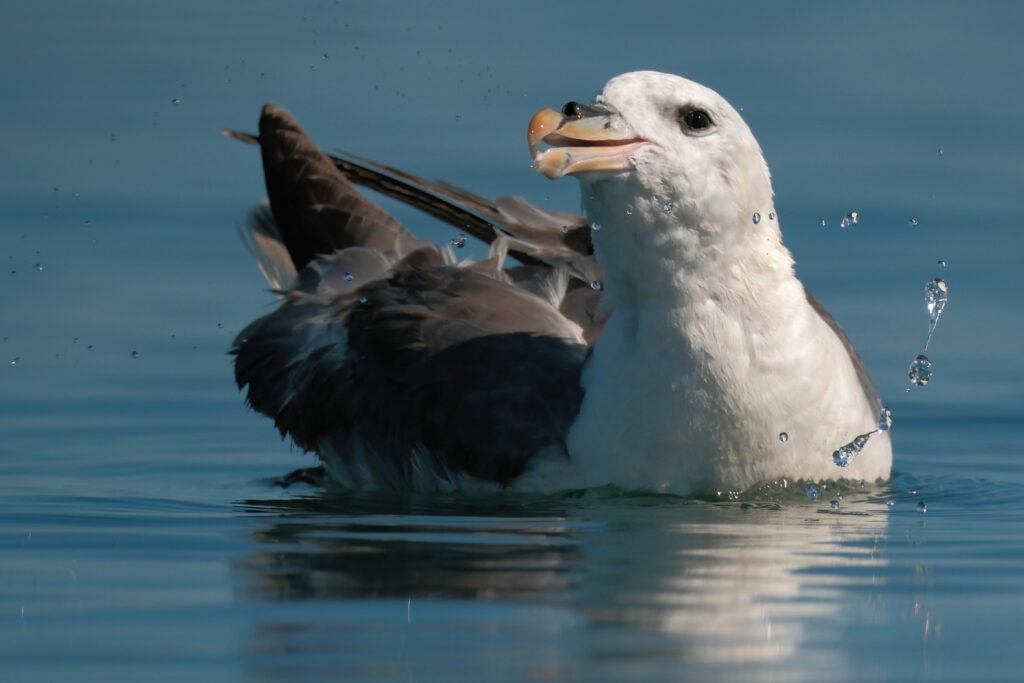If you haven’t heard of microplastics, you’re in the minority. Many health organizations and scientific research groups have been raising the alarm regarding microplastics for years. Microplastics are man-made plastic particles that are defined as being smaller than five millimeters. Microplastics are sometimes designed to be small, as with the tiny plastic “beads” that are often found in health and beauty products, but often they are simply the result of larger plastic materials breaking down into smaller pieces.
Related Article: Invasive Snails Bolster Threatened Bird Population in Florida
Recently, concern has been gathering over the accumulation of microplastics within the human body. Much of this concern, years ago, centered around the accumulation of microplastics in sea food thanks to ocean pollution. Now, however, the prevalence of plastic in almost all facets of our lives have led to speculation that the microplastics issue might have a much broader effect on human health than was previously understood. The research is ongoing, but what we do know is that these plastic particles are undoubtedly present in humans. And we are far from the only ones.
A recent study in Nature Ecology & Evolution focusing on sea birds has found that the gut microbiomes of sea birds are changed by the presence of microplastics within these systems. An unfortunate fact regarding pollution and the food chain is that harmful pollutants often accumulate up the food chain. This is why raptors were so much more drastically impacted by the DDT crisis. The pesticide would pollute waterways where it would accumulate in the bodies of fish, the raptors would then eat multiple fish and wind up with a greater quantity of these harmful chemicals in their systems than animals further down this chain. This is referred to as biomagnification and it is exactly the reason that sea food was the initial area of concern for microplastics in humans.
In the case of sea birds, these birds are in regular contact with microplastics thanks to ocean pollution. Like DDT in raptors, sea birds like the Cory’s Shearwater accumulate more plastic than a single fish might because they eat more of them and the plastic does not break down.
The gut microbiomes of the sea birds included in this study found a direct correlation between the accumulation of microplastics and the biodiversity of the gut biome. Rather than healthy biodiversity, though, in this case the sea birds in the study were found to have increased quantities of microorganisms associated with antibiotic resistance as well as harmful pathogens.
The long term effects of microplastics are not yet understood because this is a relatively new health crisis. As these materials build up in our environments, though, we are eventually going to be forced to contend with the fact that they do not naturally biodegrade. They instead build up in our systems as well as the systems of our wildlife and their habitats. The effects that this will have on human health remains to be seen, but this study is a first step towards understanding the harm that these materials have brought to the delicate wildlife that depends on our oceans to survive.
Popular Article: Poisonous Birds Discovered In New Guinea Rainforest

